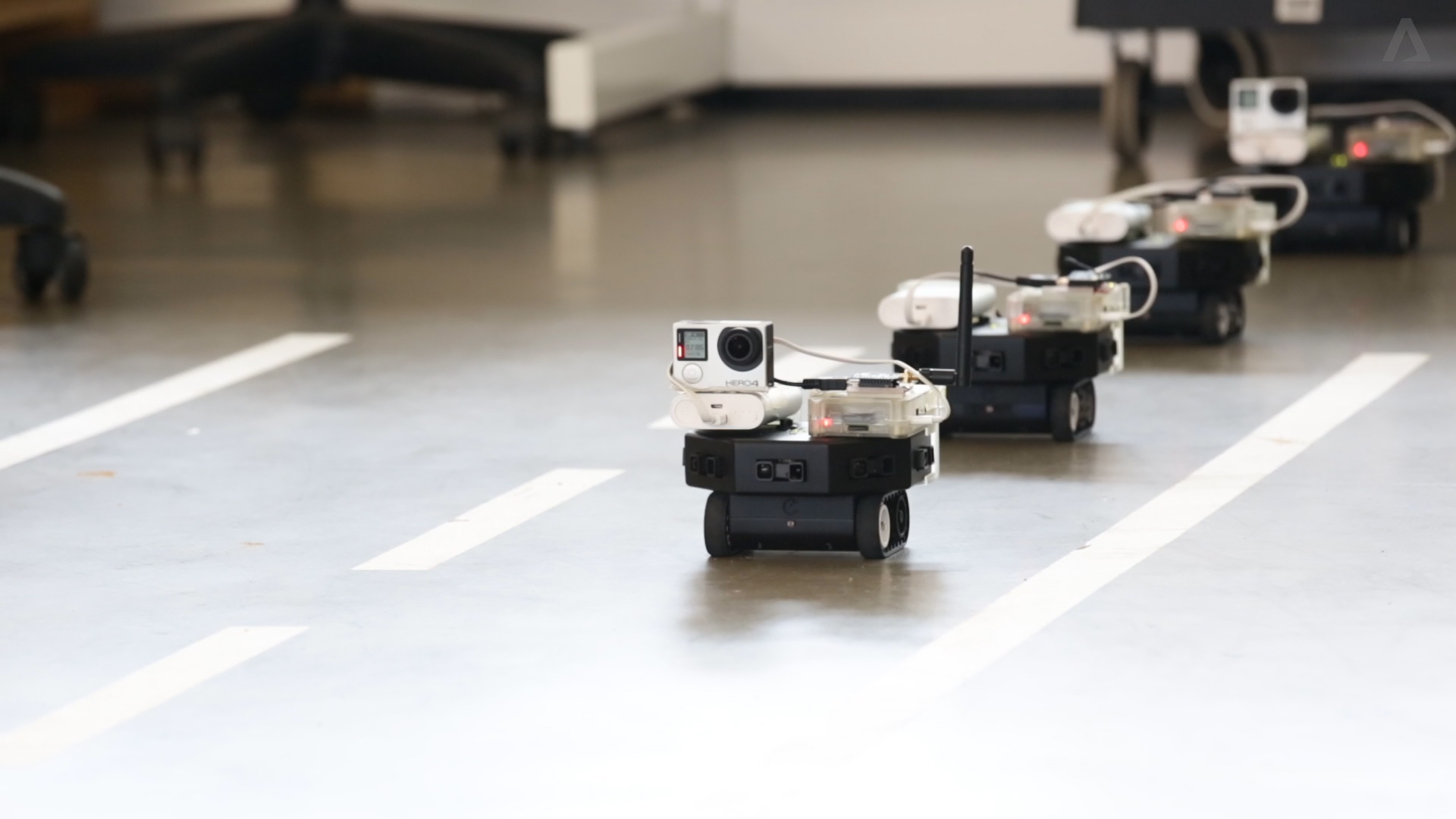SINGAPORE: Ants, fish and amoeba all have something in common that humans don’t – they can work perfectly in tandem to solve a common problem.
And tapping on that swarm intelligence is what could help make drivers’ bugbears – such as congestion, road hogs and even traffic lights – go away, according to Assistant Professor Roland Bouffanais of the Singapore University of Technology and Design.
Dr Bouffanais researches and designs swarm robotic systems used by logistics companies and the military. He believes that adding this technology to driverless cars can make our journeys smoother and safer within the next decade.
“As soon as autonomous cars are on the road, the swarming technology can be deployed at the same time,” he said.
WATCH: How swarm intelligence works
Singapore’s drivers are spending 126 hours a year on average waiting in traffic, and this costs the economy more than S$1 billion in wasted time, estimated Professor Euston Quah, Head of Economics at Nanyang Technological University.
One major cause of this? Human drivers are just unable to put aside their own interests to make smooth traffic happen.
“They essentially have their own goals, getting home on time – but they don’t really collaborate, they don’t really share information,” said Dr Bouffanais, the principal investigator of the Applied Complexity Group, which is working with government agencies like the Ministry of Defence to develop swarm robots.
SHARING INTELLIGENCE
His group starts by learning from nature and its rules of swarm intelligence. “We first work on the theory trying to understand what natural systems are doing. We have data from the birds, from fish,” he said.
By learning how individual animals make sense of their environment and then share this information with its companions so that group decisions can be made, the researchers derive simple rules that they can adapt and code into a large group, or swarm, of simple robots.

Currently, driverless vehicles use sensors to avoid colliding with other cars and pedestrians, while keeping within road lines.
“But if you don’t share that information with the other cars, you don’t tap into the power of swarming,” said Dr Bouffanais.
“So by using (swarm) technology, we’re going to have anything being sensed by any car, being shared between all the cars. And they would react collectively, smoothly, providing enhanced safety and smoother traffic.”
NO MORE TRAFFIC LIGHTS?
Traffic lights would likely also become redundant, so passengers and pedestrians need not wait pointlessly at crossings when there is no traffic.
Dr Bouffanais said that swarm intelligence technology is “already there” and affordable, so the main challenge lies in getting society ready to accept autonomous cars on the roads.
While experts predict that switching entirely to driverless vehicles could take at least 15 to 20 more years, autonomous vehicles are already being prepared for used in controlled spaces within the next five years. Since 2015, driverless vehicle trials have been taking place in business park One-North and Gardens by the Bay.
For more on how Singapore tackles the traffic gridlock, catch Channel NewsAsia’s It Figures episode Stuck In Traffic, which premieres on Monday (Nov 7) at 8pm.





